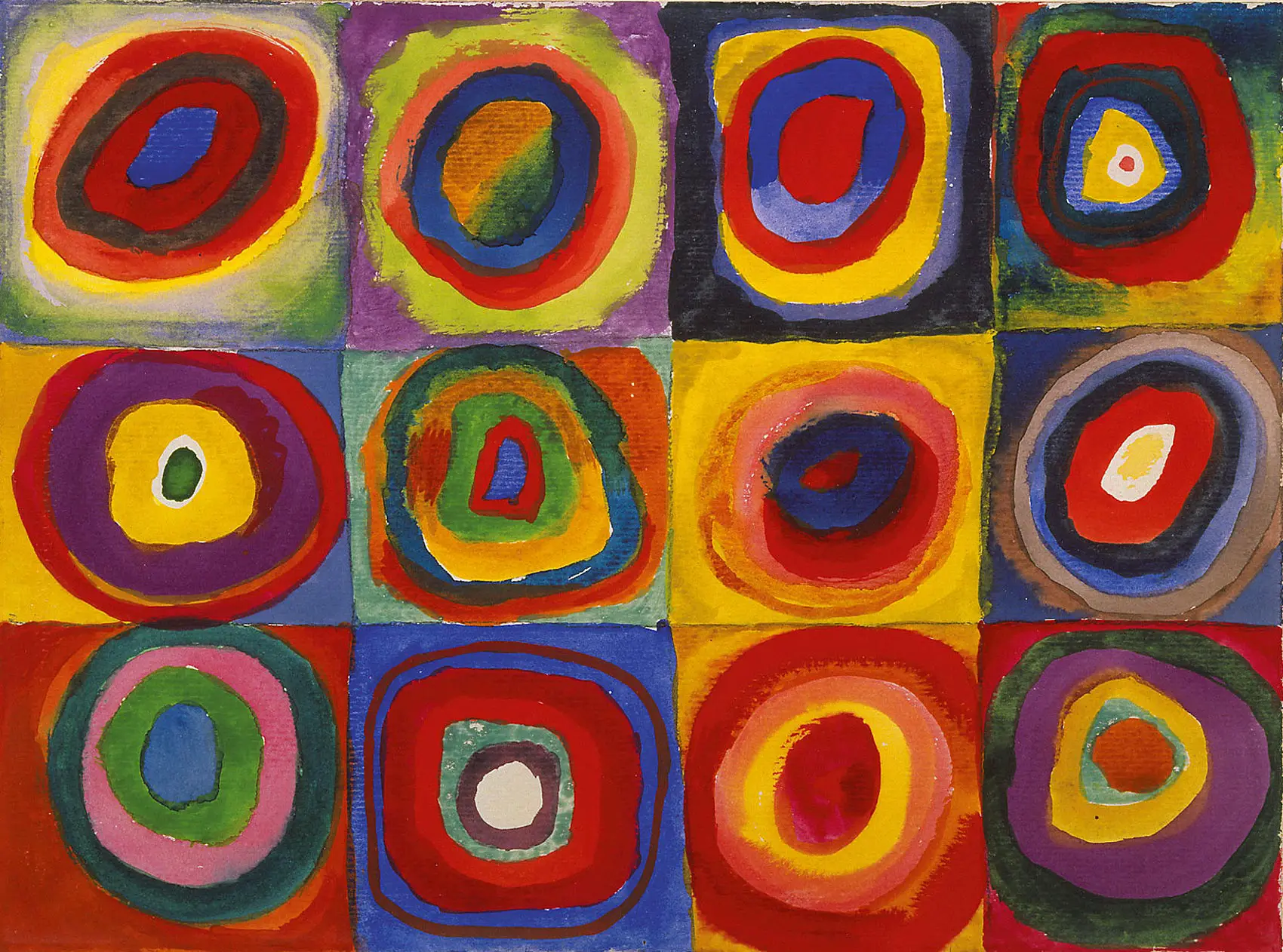
Throughout the semester you have been describing and analyzing other people’s work and practicing self-expression through right-brain exercises in your creative journal. Now is the time to take what you have learned in this class to create your Magnum Opus, a large and important work of art, music, or literature, especially one regarded as the most important work of an artist or writer. This lesson will address the criteria for your Magnum Opus.
Lesson Objectives
- refine the topic communicated by your creative piece
- describe the medium used to communicate the selected topic
- identify the criteria for the creative component of the final project
The Topic
The research process for this activity should have helped you develop a more sophisticated understanding of your project topic, provided ideas on ways to symbolically represent and communicate your topic, and given you an idea of how other people have addressed your topic. Now you are challenged to creatively communicate your messages and meanings about the topic to a broad audience using a variety of symbols and techniques. The creative process may also change your perspective on the topic or modify your position. This is perfectly normal, and you may change or modify your topic an any point in development.
The Medium

Your creative piece can be in any medium of your choice. You can choose one of the mediums presented in this course (fiction, poetry, film, song, dance, visual art, etc.) to compose and perform a song, write a poem, produce a painting, create a cartoon…., or you can also branch out into a medium that has not been addressed such as photography, graphic novels, stand-up comedy, computer animation, spoken word, gaming, and more. Feel free to build on an expression you created in your journal such as making your fictional character come to life in adigital world, illustrating the poem you wrote, or making the symbol about your personal philosophy into a metal charm.
This is where you can go ahead and push boundaries and take risks. Use odd or strange materials such as found objects or melted wax, or create that virtual world you have been thinking about. Experiment with different sounds or movements. Throw out a cuss word (but do not offend any social groups) in a poem. Sing a rap song for the first time. Say something you have always wanted to say but never had the courage before. If you need inspiration, explore the creative work of other artists, dancers, poets, etc. for ideas about techniques, symbols or design.
Creating your Magnum Opus should be a rewarding and fun experience. If working with the medium you selected becomes frustrating or impossible you can change it at any time.
Do not forget, this is not an art class. Your Expression will be evaluated according to your explanations in your Written Statement: your intention as described in the second paragraph and the influences as described in the third paragraph. You will not be graded on the product, but on your ability to engage in the creative process to symbolically communicate your concept. Therefore it is important to be mindful of every little thing you do in your creative piece so you can explain it in the second paragraph: your choice of materials, techniques, colors, sound, movement, words, light, etc.
For Discussion in Canvas
Submit a photo (or clip, etc.) of your Magnum Opus in progress for peer review. Include the drafts of the second and third paragraphs of your Statement for explanation. If you are having any problems or specific concerns, ask your classmates for help.
Conduct a review of at least four other student submissions by using the grading rubric in the assignment description. Keep in mind that the Magnum Opus is not evaluated on aesthetic appeal, but on the intent and purpose of what it represents. Consider the representation lesson and evaluate how the student used symbols (color, words, metaphor, etc.) to communicate a shared meaning. Most importantly, does the effort appear worthy of a final project submission?
